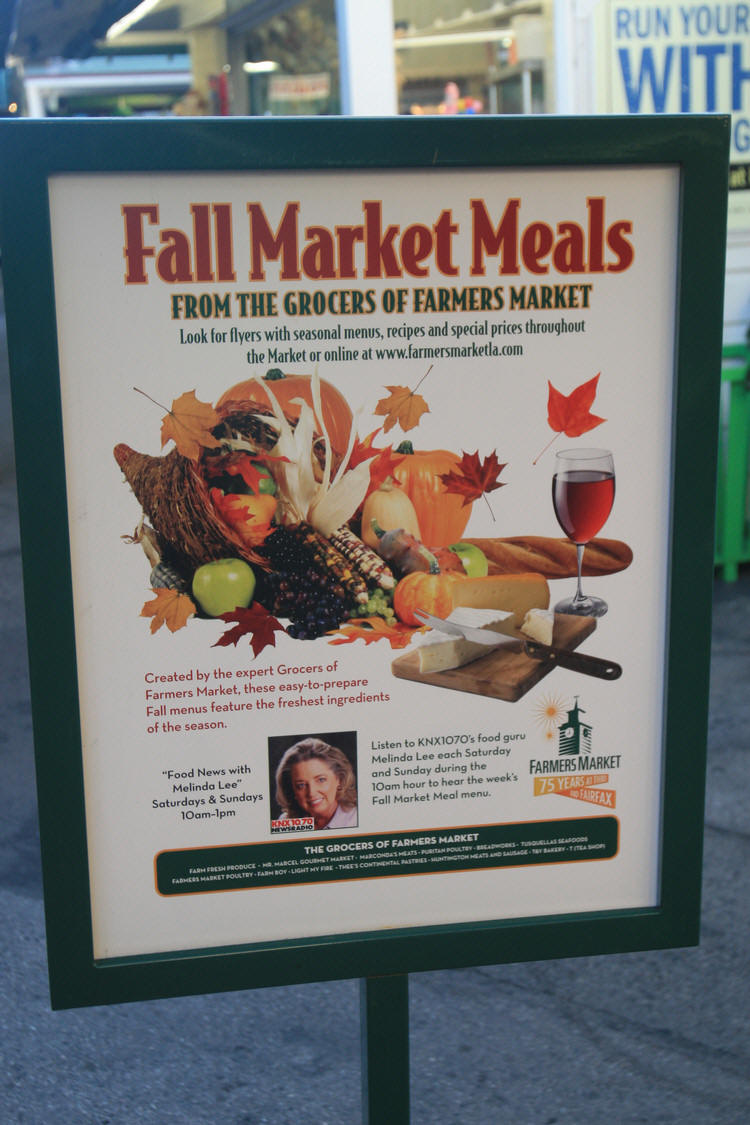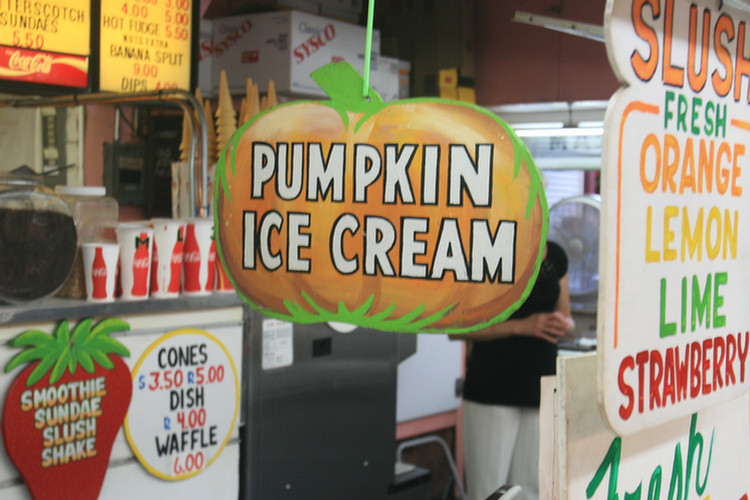Los Angeles Natural History Museum
Museum Page One - Museum Page Two - Museum Page Three - Museum Page Four
Hall Of Aftrican Mammals



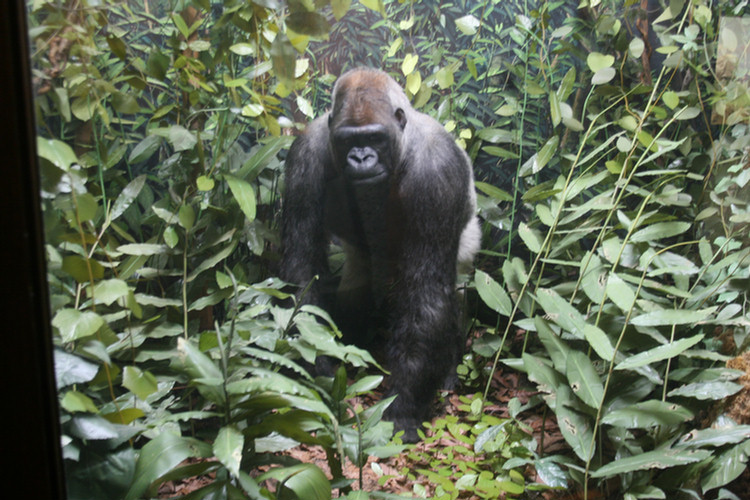
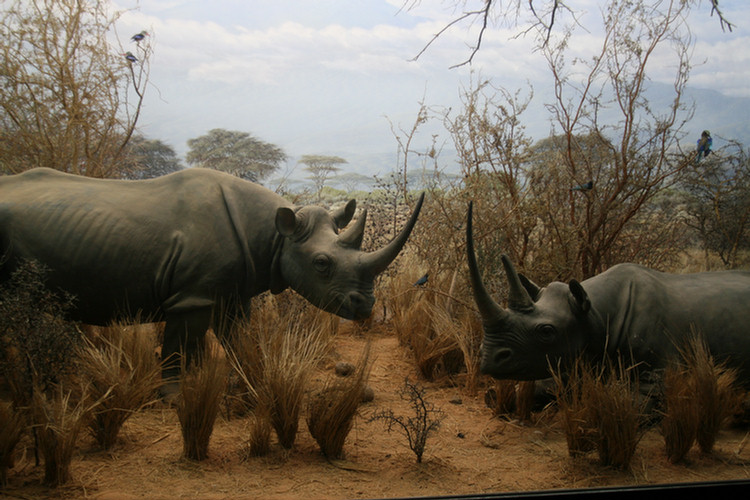

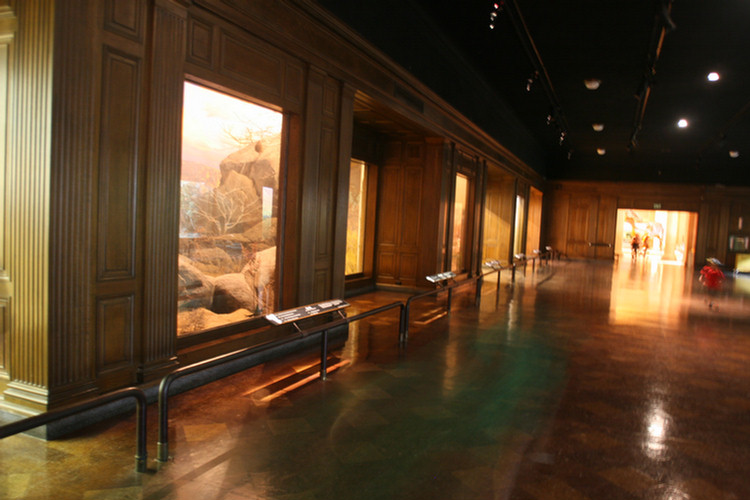



The Rose Garden
Did you know? - From 1871 to 1911, the site of the rose garden was part of the city's Agricultural Park. The rose garden area was then used for horse, camel, dog, and later automobile racing; it also reportedly housed the city's longest bar and "one of its most stylish brothels." In 1914, the city announced plans to construct a wildflower garden at the park, but the rose garden was not built in 1927 with the planting of 15,000 bushes of more than 100 varieties. When the garden was announced, the Los Angeles Times applauded the project: "No more fitting tribute could be paid to the spirit of Southern California than to erect in the center of her largest city the greatest rose garden in the world." During the Great Depression, the lack of funding threatened the closure of the rose garden, then described as "the largest rose garden in the world."
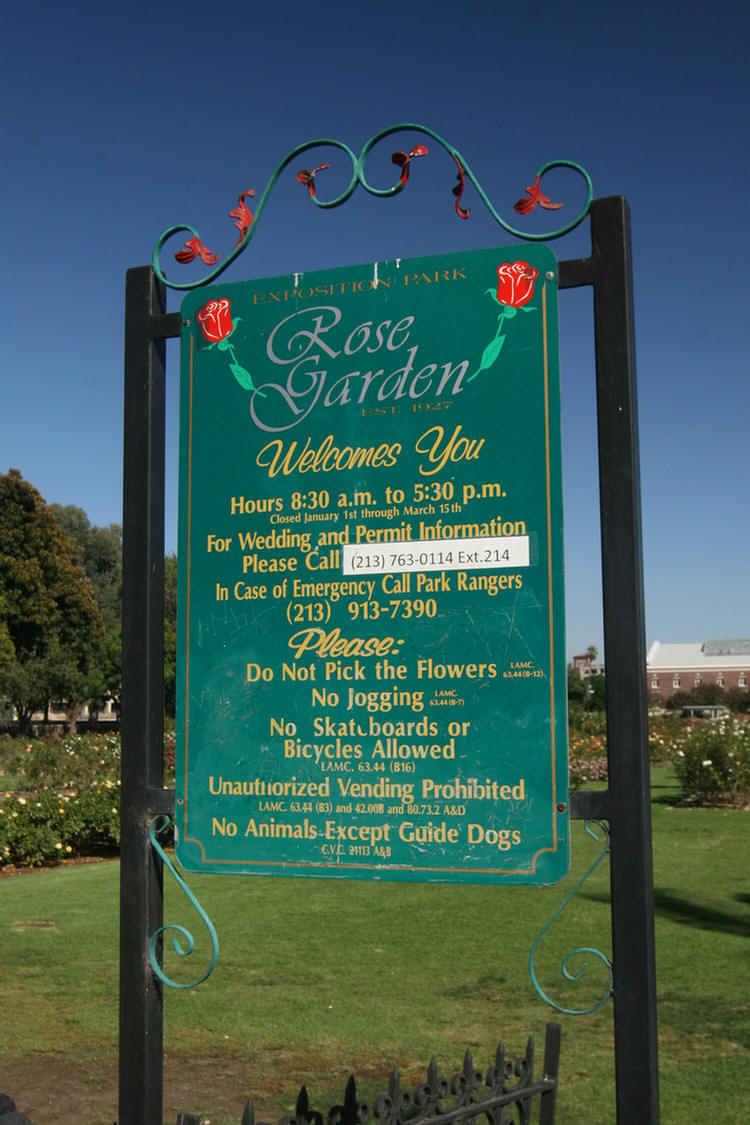

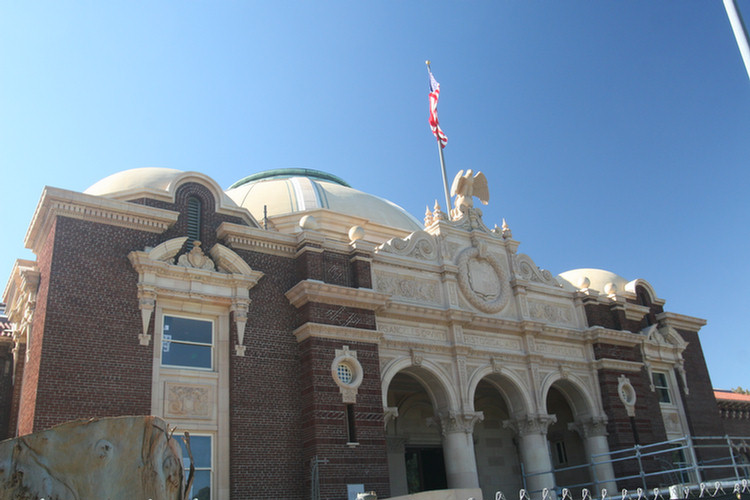

Did you know? - n the 1950s, the annual pruning demonstration drew thousands of rose enthusiasts to the park. By the mid-1980s, the garden had more than 20,000 rose bushes and more than 200 varieties of roses. The All-America Rose Selection, a rose growers organization, began donating its Rose of the Year to the garden in 1940. The garden is reportedly visited by more than a million people a year and is a popular location for weddings, reflection, and other events. The garden also has four gazebos, several statues, and a central fountain. The garden is located adjacent to the University of Southern California campus, the Natural History Museum of Los Angeles County, and the California Science Center.
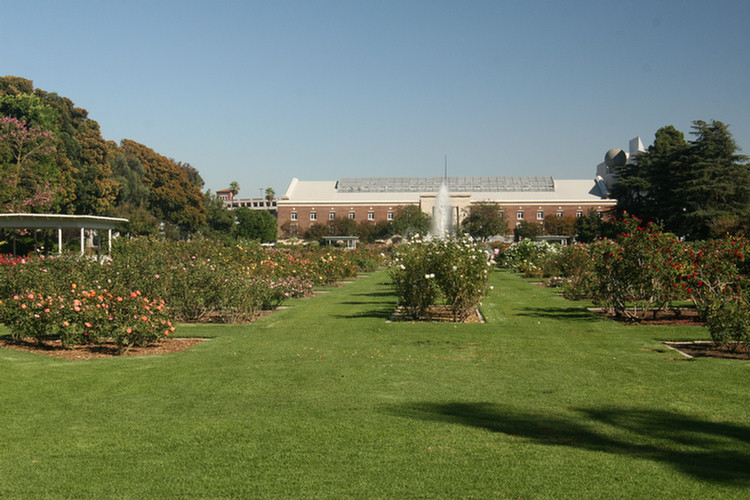
Science Center School and Amgen Center for Science Learning (formerly California National Guard Armory)
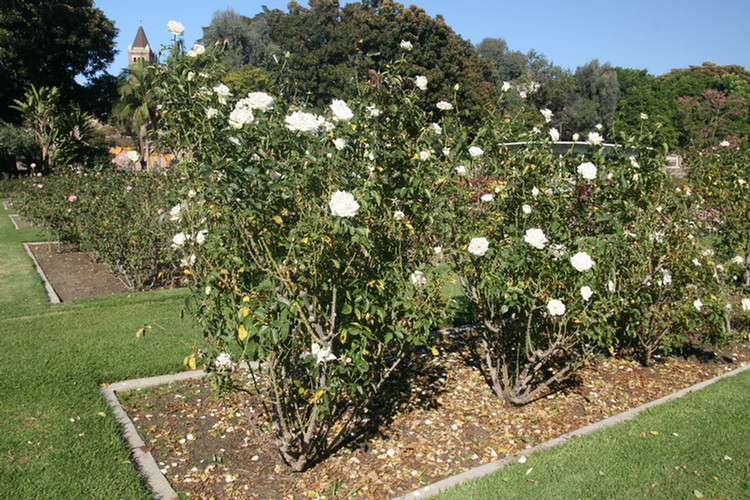
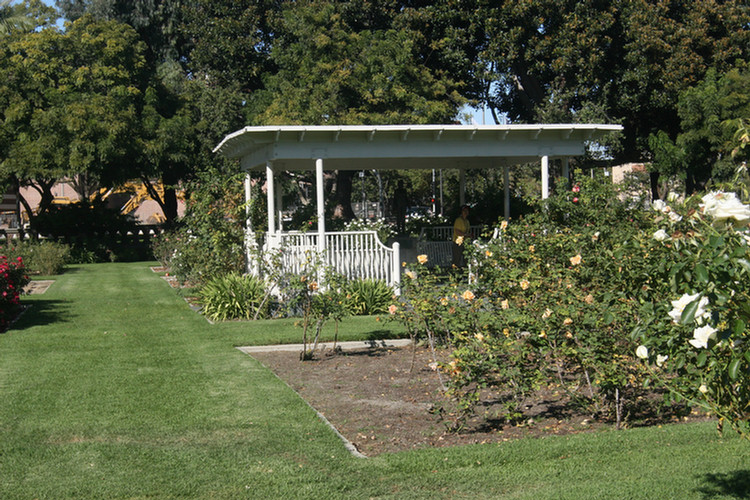
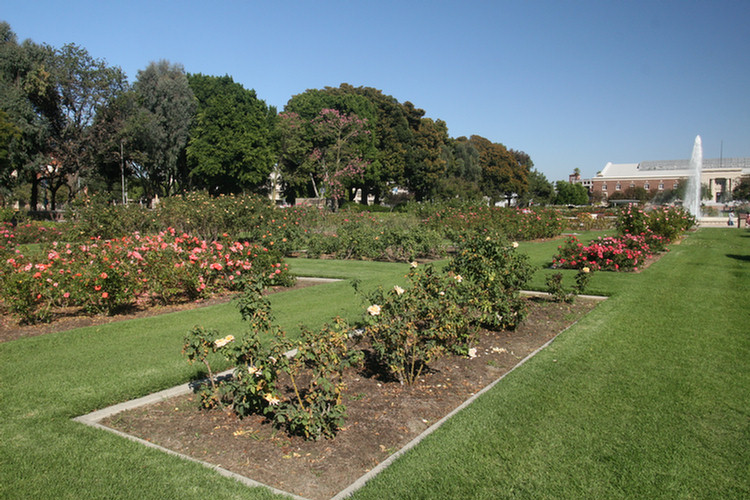
Did you know? - The park is public-space owned by the state of California, whose major cultural facilities mentioned above are operated by both the state and Los Angeles County. Originally, the 160-acre (0.65 km2) site served as an agricultural fairground from 1872 to 1910. (hence its original name Agricultural Park) Farmers sold their harvests on the grounds, while horses, dogs, and even camels competed along a racetrack where the rose garden now blooms today.
Soon after USC was built in 1880, the city's most influential families moved into the neighborhood, but did not appreciate the racing and the gambling that came with it. As a result, the rose-garden replaced the racetrack, and the park became what it is now with its grand museums.
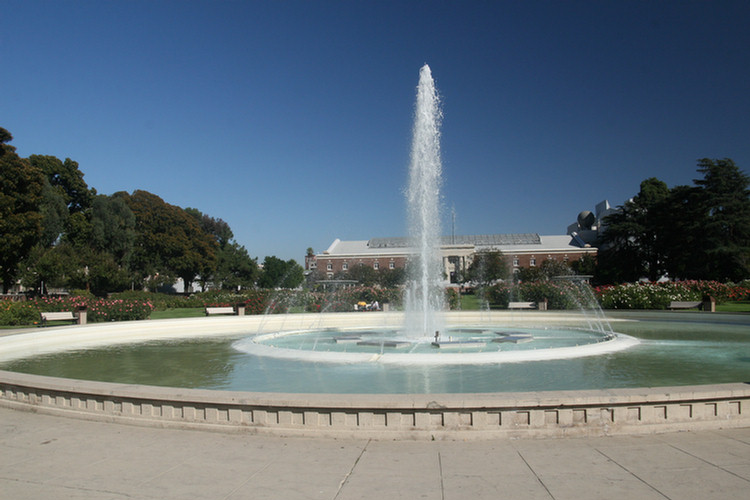

Did you know? - The garden is reportedly visited by more than a million people a year and is a popular location for weddings, reflection, and other events. The garden also has four gazebos, several statues, and a central fountain. The garden is located adjacent to the University of Southern California campus, the Natural History Museum of Los Angeles County, and the California Science Center.
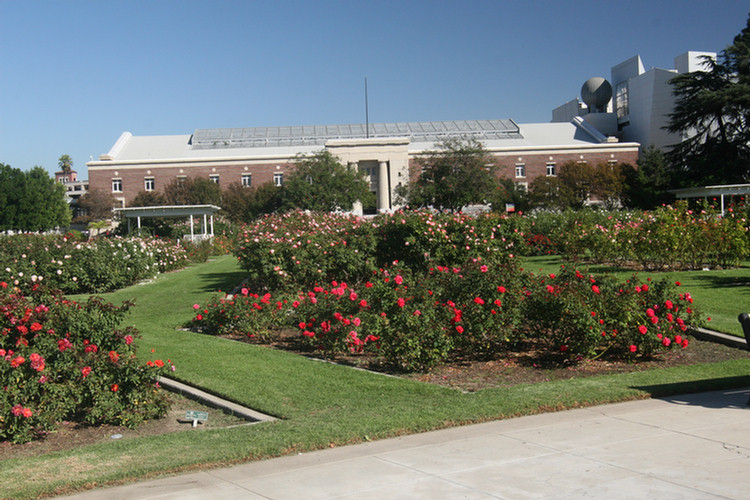
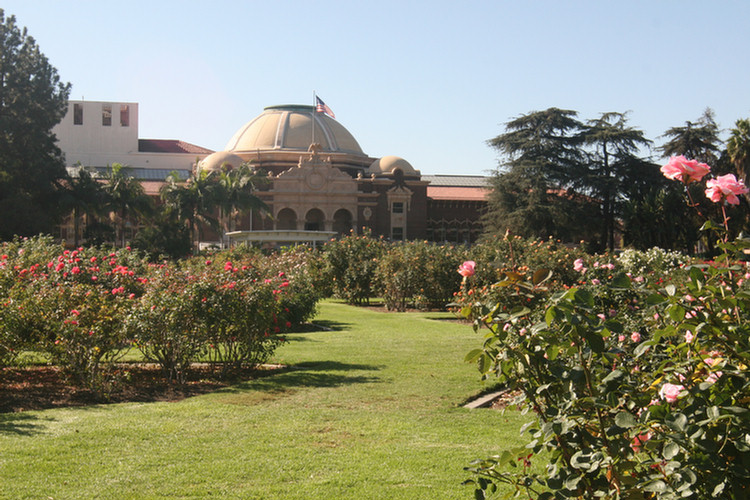
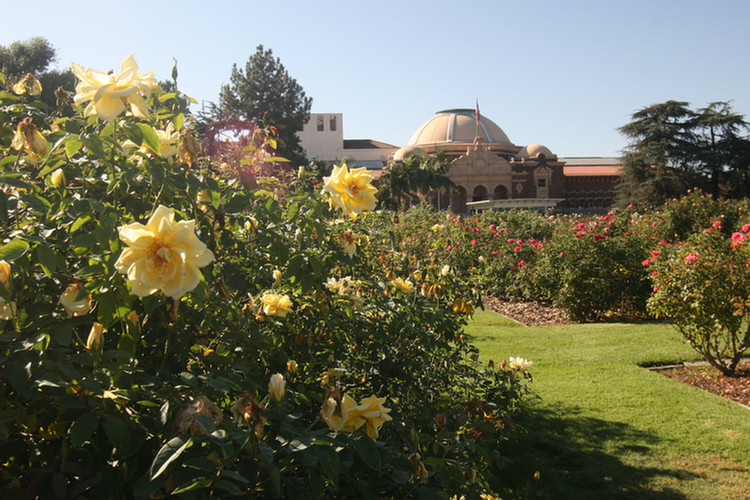
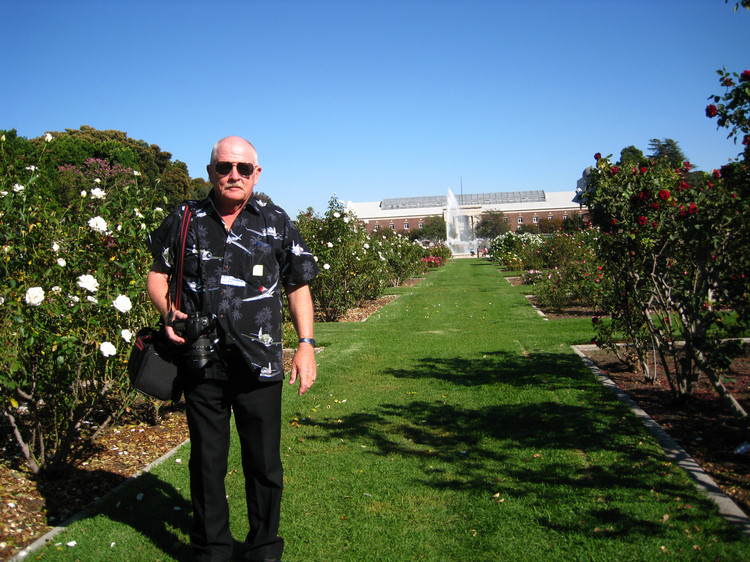
Handsome devil!
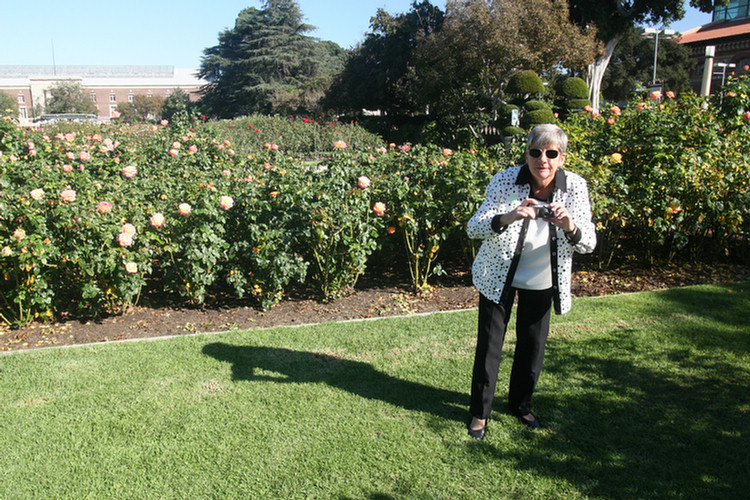

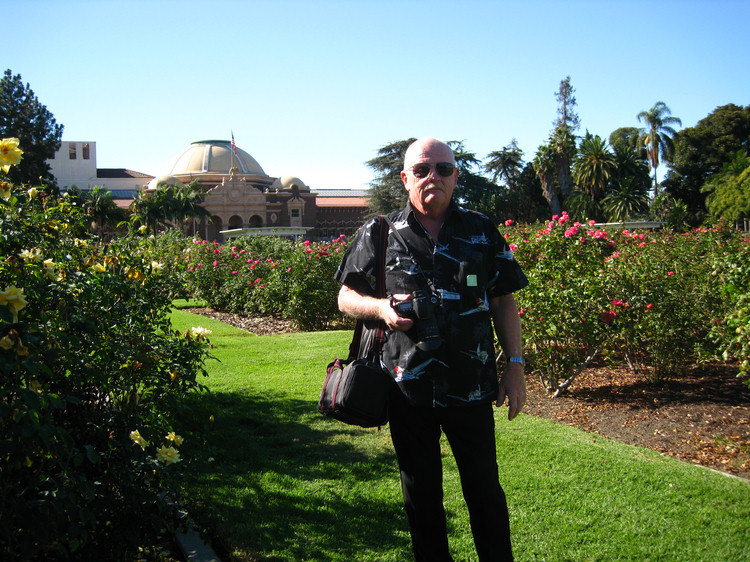

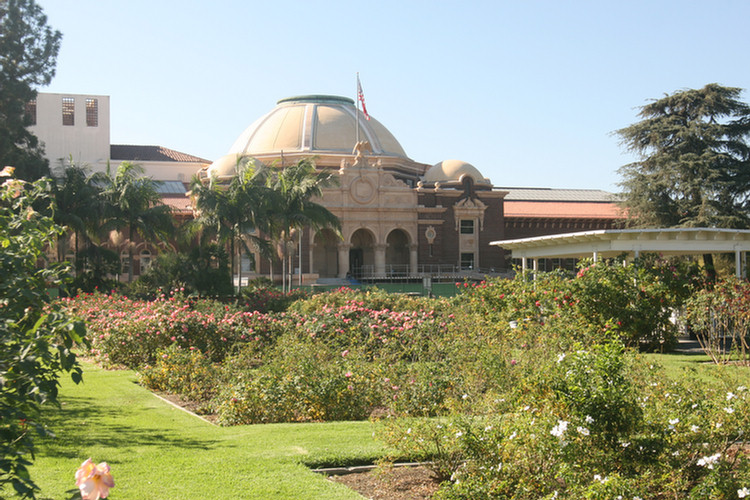
Natural History Museum

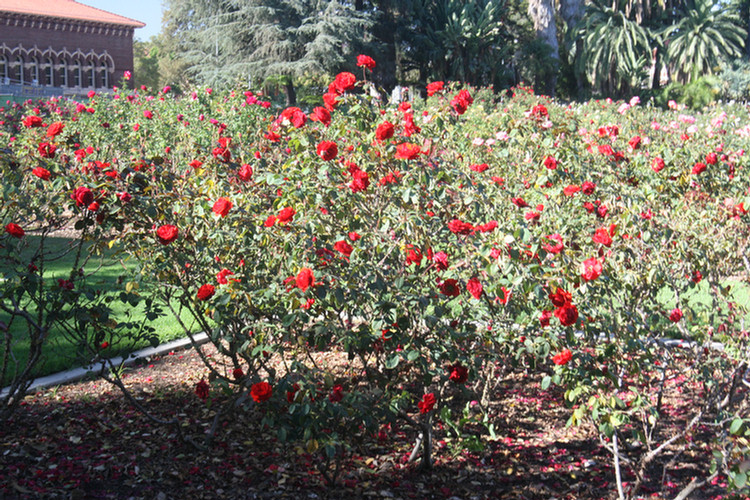
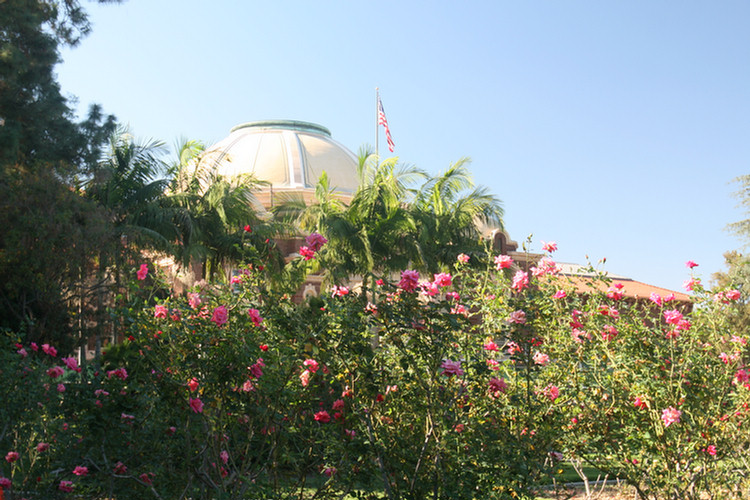
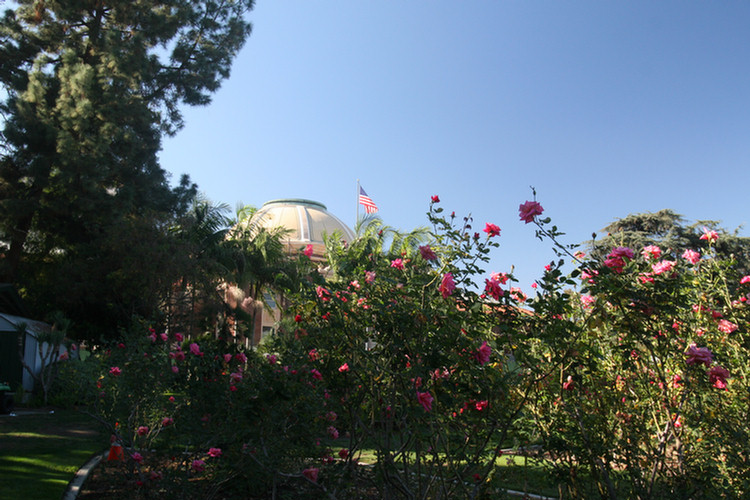
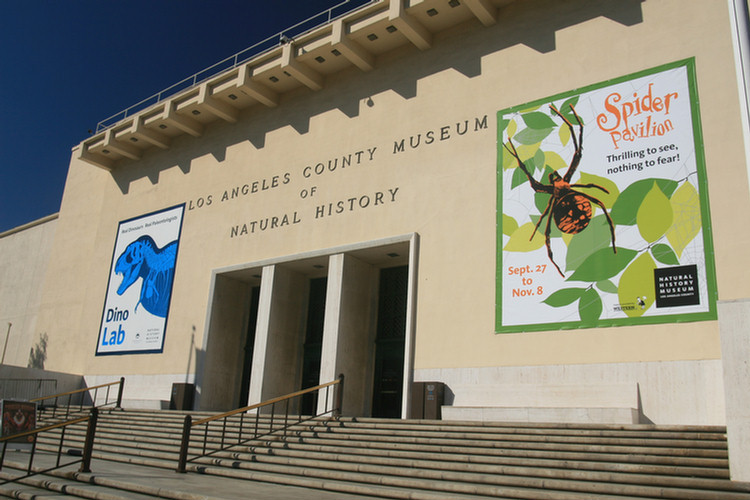

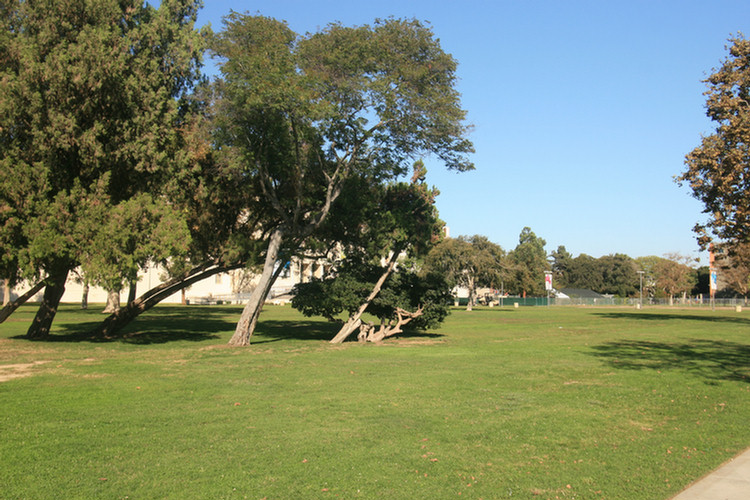
Off To The LA Farmers Market For A Late Lunch (Eight Mile Drive)
Did you know? - Located at the corner of 3rd Street and Fairfax Avenue in the Fairfax District of Los Angeles, California, it is one of the oldest institutions in the city and features a variety of dining and shopping options. It is also adjacent to The Grove outdoor shopping mall; an electric-powered trolley runs between the two sites.
The market started when a dozen nearby farmers would park their trucks on a field to sell their fresh produce to local residents.

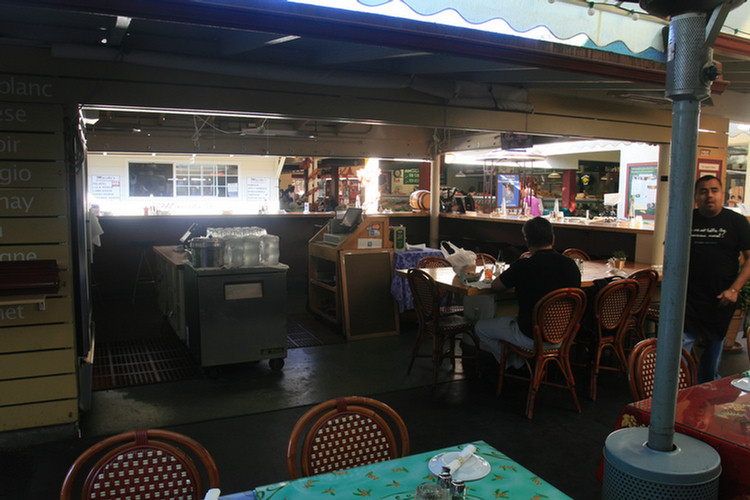

One of our favorite dining areas
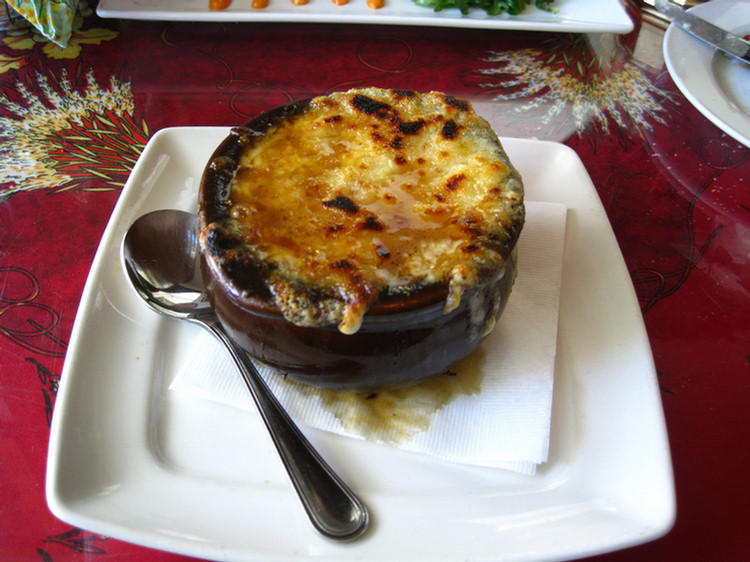
Did you know? - French onion soup is an onion and beef broth or beef stock based soup traditionally served with croutons and cheese as toppings. Although ancient in origin, this dish underwent a resurgence of popularity in the 1960s due to the growth of French cooking in the United States.
Onion soups have been popular at least as far back as Roman times. They were, throughout history, seen as food for the poor people, as onions were plentiful and easy to grow. The modern version of this soup originates in France in the 18th century, made from beef broth, and caramelized onions. It is often finished by being placed under a broiler in a ramekin traditionally with croutons and gruyère melted on top. The crouton on top is reminiscent of ancient sops.
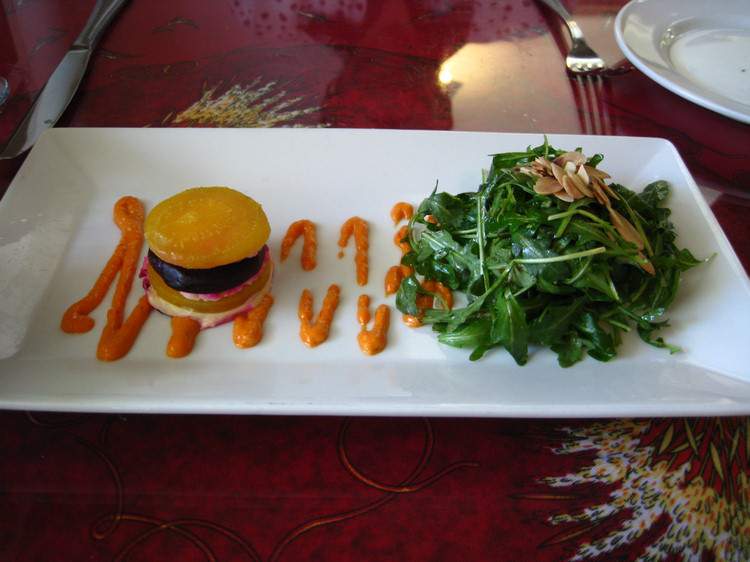
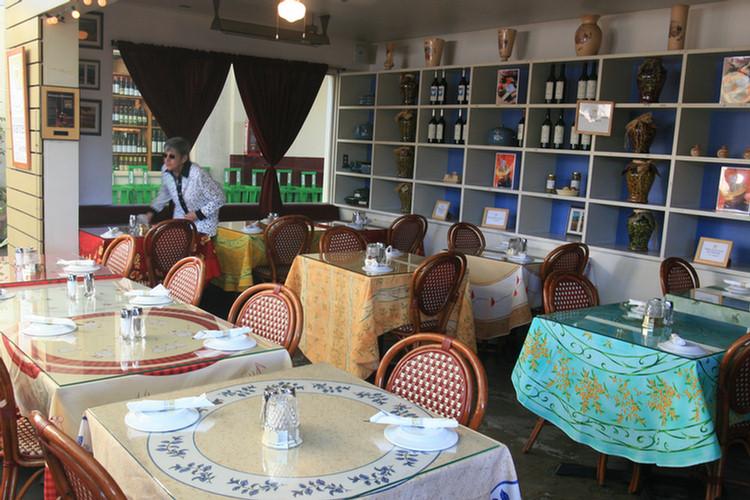

Dessert be gone!
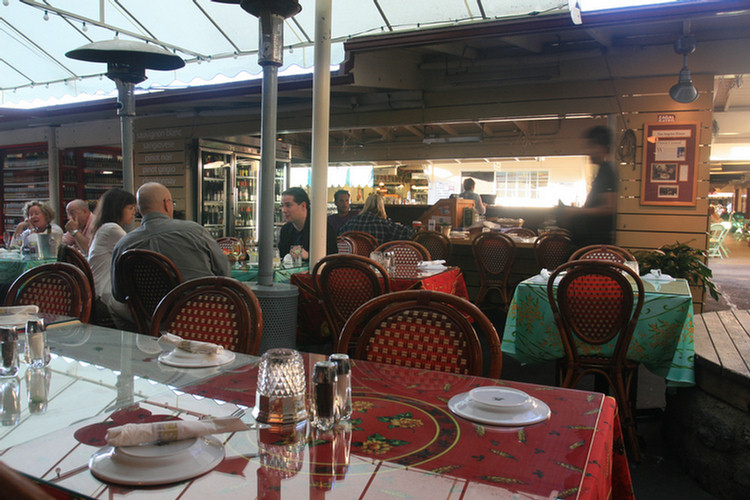
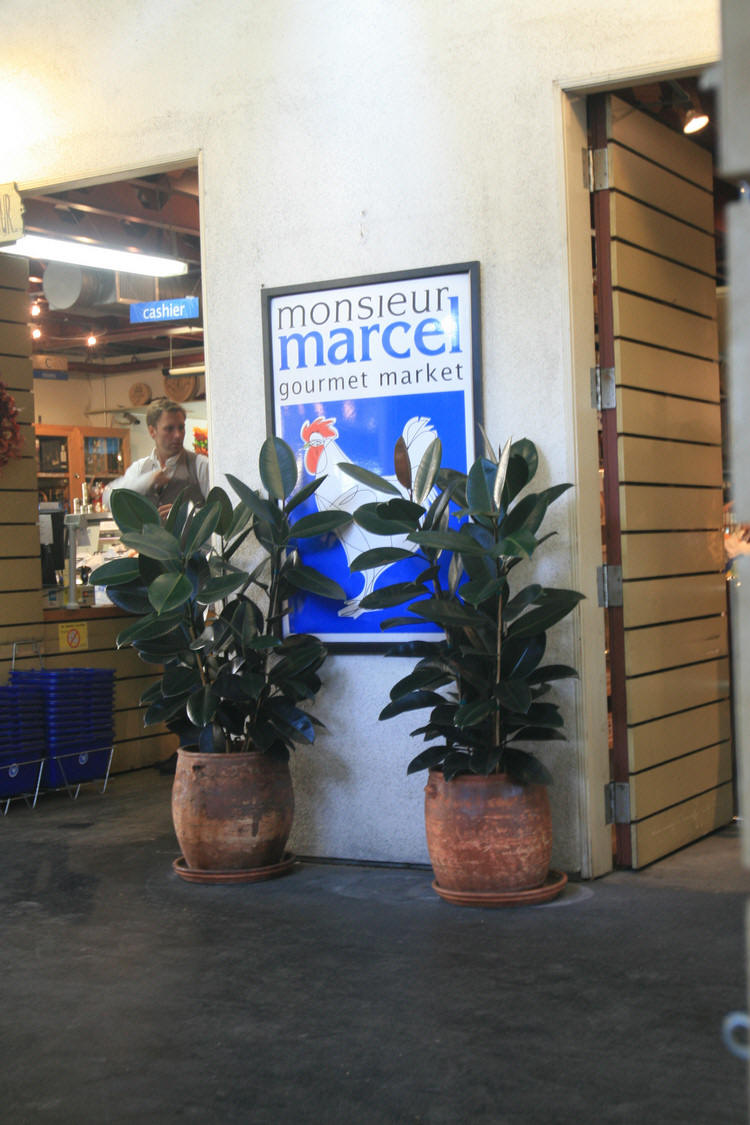
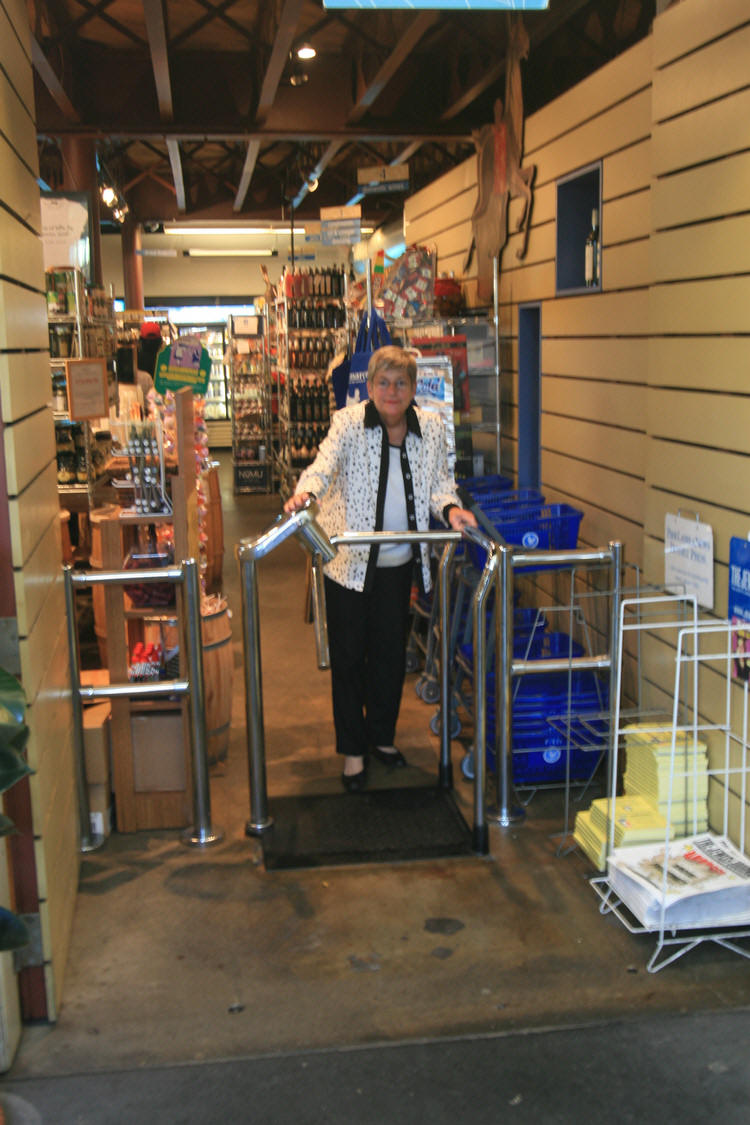
Did you know? - Welcome to monsieur marcel gourmet market, the premier gourmet market in Los Angeles. We offer an exceptional selection of upscale domestic, imported and private label artisanal products. Our dedicated staff can answer your questions; provide suggestions for cheeses, charcuterie, wine pairing and much more to ensure the success of your next dinner party.
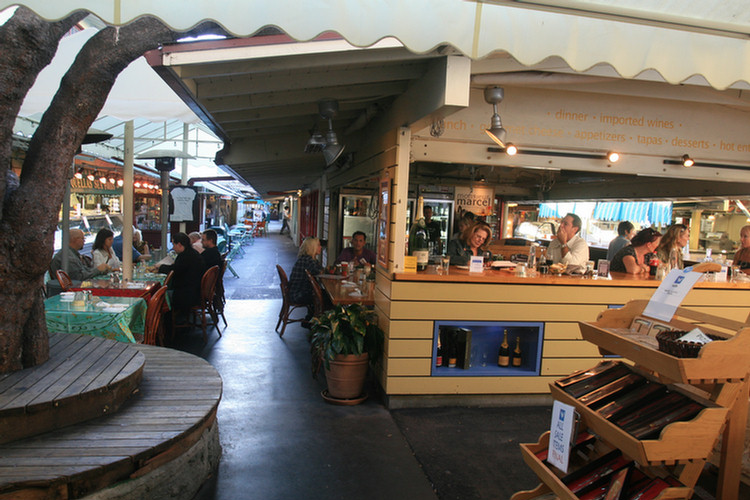

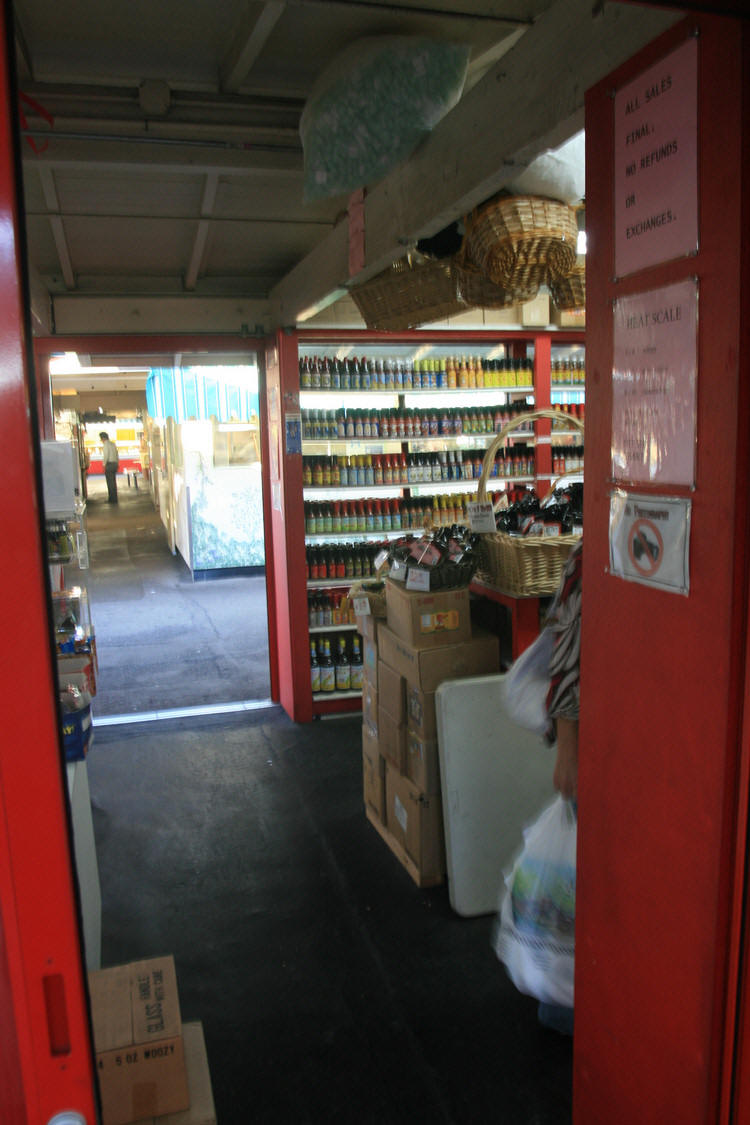

Oldies but goodies
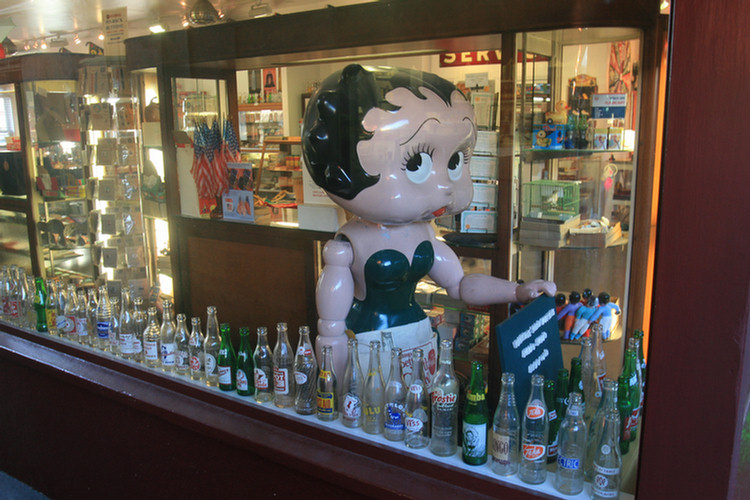
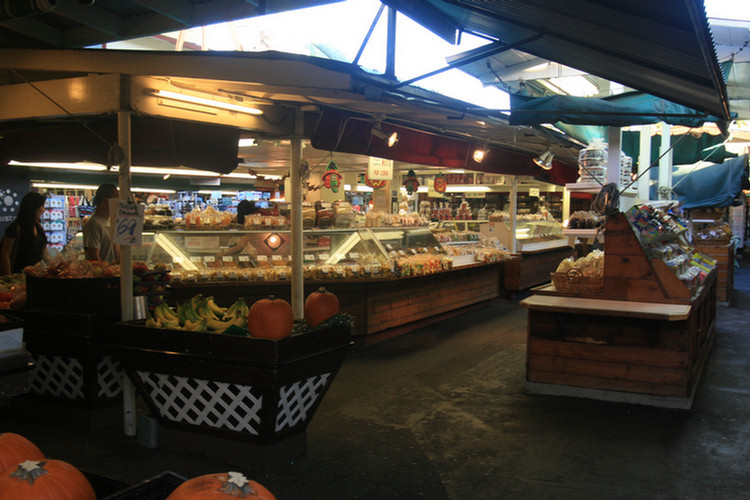

Decorations are up
